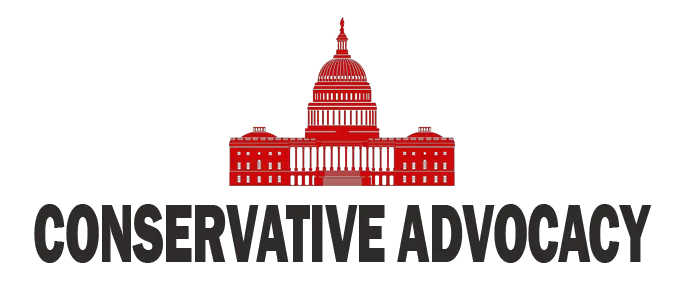In recent discussions surrounding immigration enforcement, the spotlight has shone on the actions of certain judges who have obstructed the President’s immigration plans. Tom Homan, a seasoned figure in border control, has taken a firm stance on this issue, hinting at potential consequences for judges who cross the line when it comes to supporting illegal immigration. This has raised eyebrows and sparked conversations about the responsibility of judges and their role in enforcing existing laws.
Homan made it clear that the judicial system should not hinder Immigration and Customs Enforcement (ICE) operations. He asserted that there are plenty of legal avenues available to prosecute individuals who knowingly harbor or conceal undocumented immigrants. Supporters of strict immigration enforcement have found his assertions refreshing, as many believe these judges have become obstacles rather than facilitators in the fight against illegal immigration.
The ongoing confusion surrounding family separations at the border has also sparked heated debate. Contradictory narratives have appeared in the media, especially when it comes to the claims that U.S. citizen children have been deported alongside their parents. Homan clarified that children born in the United States cannot be deported, emphasizing that the choice to leave the child behind or take them along falls on the parents. This points to a critical understanding that U.S. laws apply equally to everyone, regardless of family situations.
In another noteworthy development, sanctuary cities are under fire as judges continue to conflict with the Trump administration’s efforts to withhold funding from jurisdictions that do not support immigration enforcement. Homan highlighted the importance of public safety and suggested that these cities are misallocating resources, making it difficult for law enforcement to pursue those who repeatedly violate immigration laws. As legal battles loom on the horizon, many conservatives feel optimistic that the Trump administration will ultimately prevail in its efforts to enforce immigration regulations nationally.
In a broader context, recent statistics shared by Homan have shown a significant decrease in unlawful border crossings. He emphasized that under the current administration, the nation boasts the most secure border in its history. With the numbers dramatically down from earlier months, Homan celebrated the success of border control efforts, crediting former President Trump for implementing effective strategies that foster security and adherence to law.
Finally, amidst the discussions of policies and statistics, humanitarian issues have been raised, particularly concerning the theft of DHS Secretary Kristi Noem’s purse by an illegal alien. This incident sheds light on the potential dangers posed by individuals who enter the country without following the proper procedures. As discussions like these unfold, one thing remains clear: the conversation around immigration, law enforcement, and judicial responsibility will only continue to evolve, drawing attention to the complexities that lie within U.S. immigration policy.




